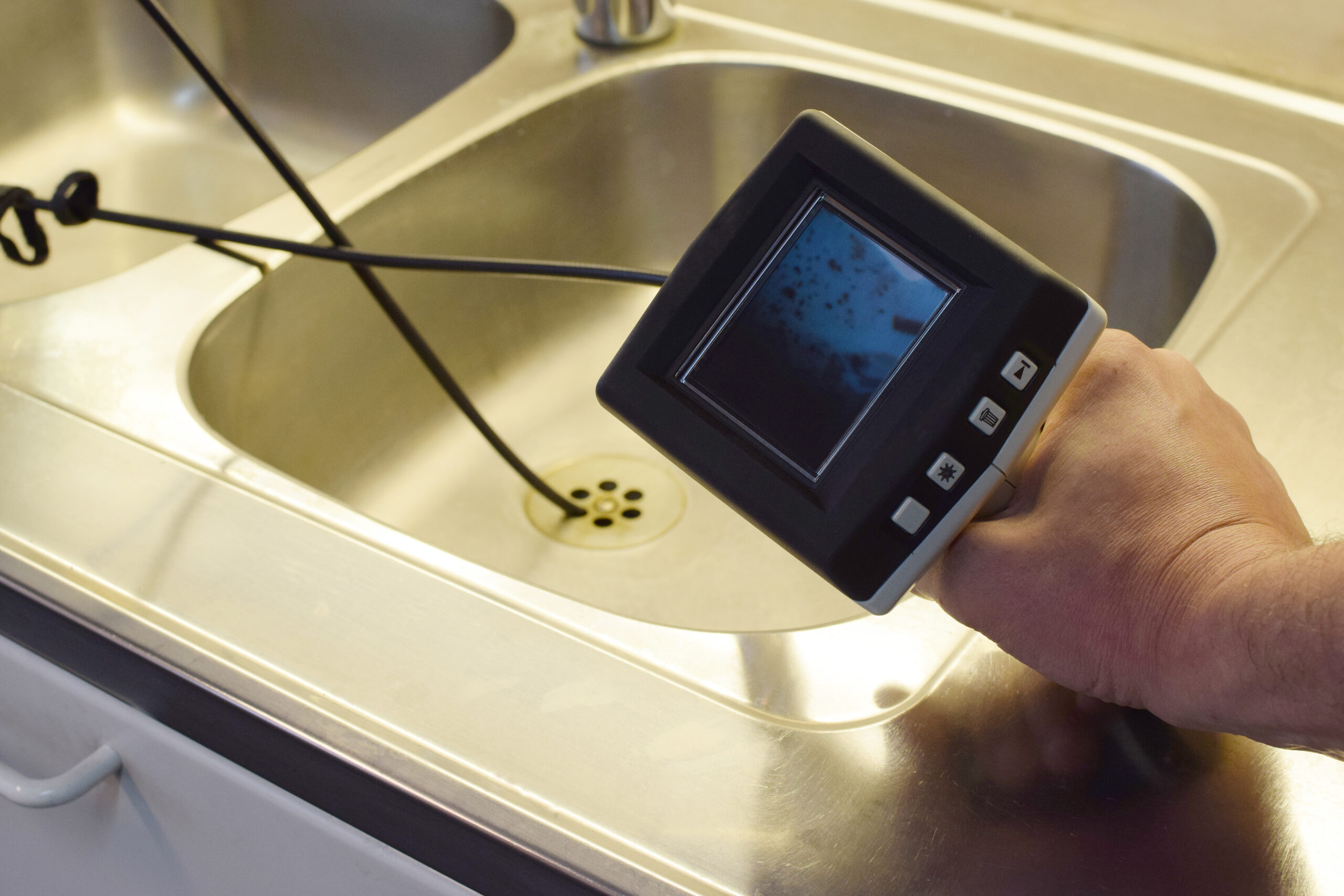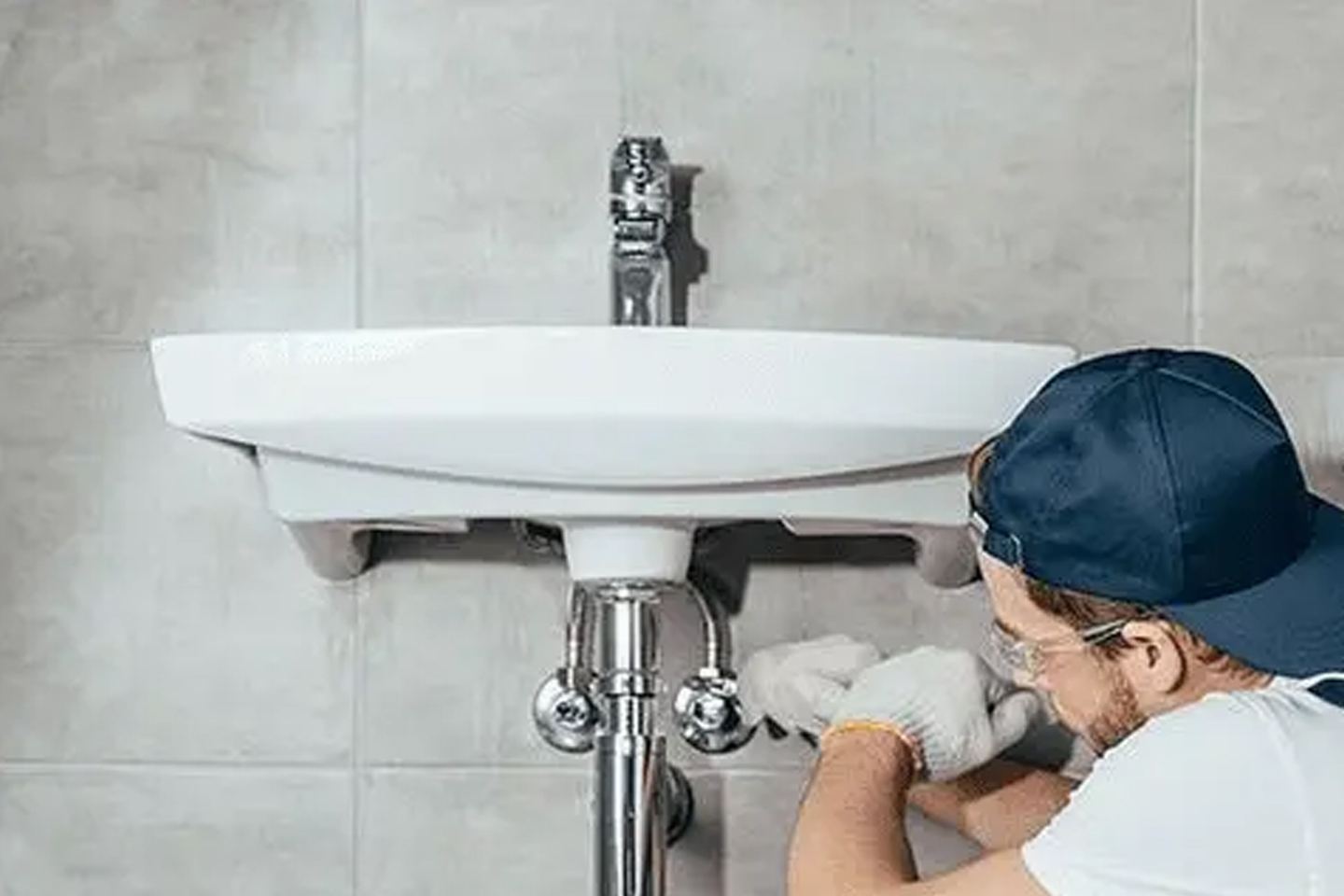REPAIRS
Have a water leak you can’t nail down?
We can locate and fix the problem
Call for immediate, friendly and professional service today!
Contact Us to locate and fix your home’s mystery water leak.
We employ a systematic and thorough approach using specialized tools to identify and fix pesky water leaks.
Here’s how we typically go about it:

Initial Assessment
Interview the homeowner by asking questions about when the leak was first noticed, where water is appearing, and if there have been any previous plumbing issues. Visual inspection of looking for signs of leaks—damp spots, stains, warped materials, bubbling paint, or mold growth.

Locating the Source Using Advanced Tools
We employ advanced tools to find leaks without tearing into walls or floors. Moisture meter: Measures dampness in walls, floors, and ceilings to pinpoint wet areas. Thermal imaging camera: Detects temperature differences behind surfaces, highlighting areas where cold water may be escaping. Acoustic leak detection: Uses sensitive microphones to “listen” for water movement or dripping sounds within walls or underground pipes. Pipe inspection camera: For drain or sewer lines, a small waterproof camera is inserted into the pipe to visually identify breaks or blockages. Pressure testing: A section of the plumbing system is isolated and pressurized to check for drops, confirming a leak. Based on the diagnostic results, the plumber pinpoints the leak’s location. This reduces unnecessary cutting or digging and helps determine the extent of the damage.

Repairing the Leak
Once the leak is located, the plumber will: Shut off the water supply to the affected area. Open the wall, ceiling, or floor (if needed) with minimal disruption. Cut out the damaged section of pipe or fixture. Replace or repair using appropriate materials—copper, PEX, PVC, etc. In the case of underground or slab leaks, rerouting may be used to avoid breaking concrete.

Testing and Finishing
The plumber restores water flow and checks all connections for leaks. In some cases, the plumber may recommend or coordinate drying of affected areas to prevent mold. The area is cleaned and any access points are temporarily or permanently sealed. Finally, the plumber may suggest ongoing monitoring or future upgrades if the plumbing system is aging or damaged.
